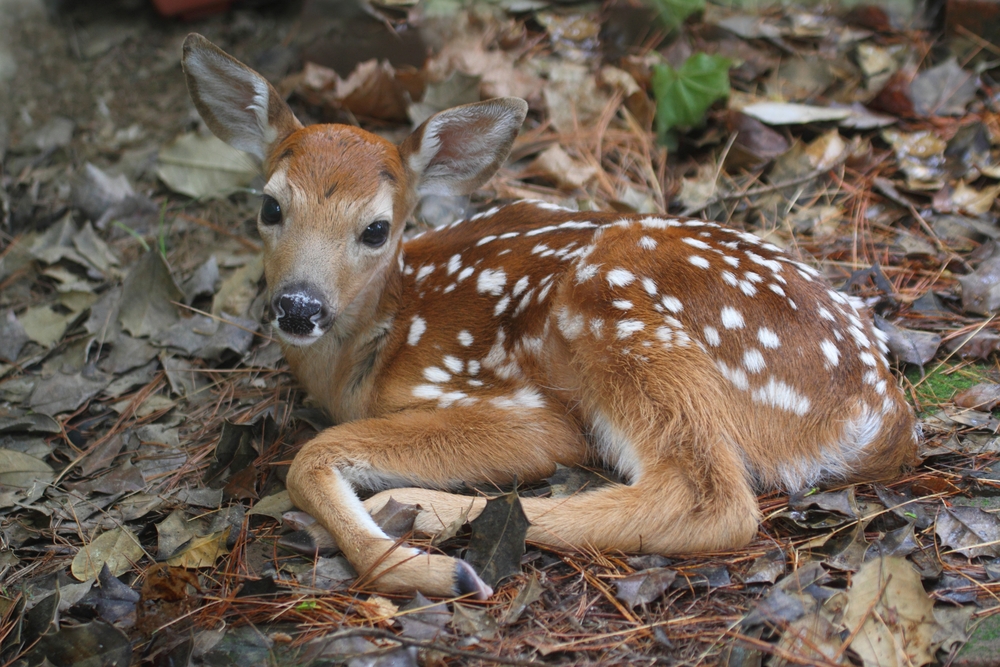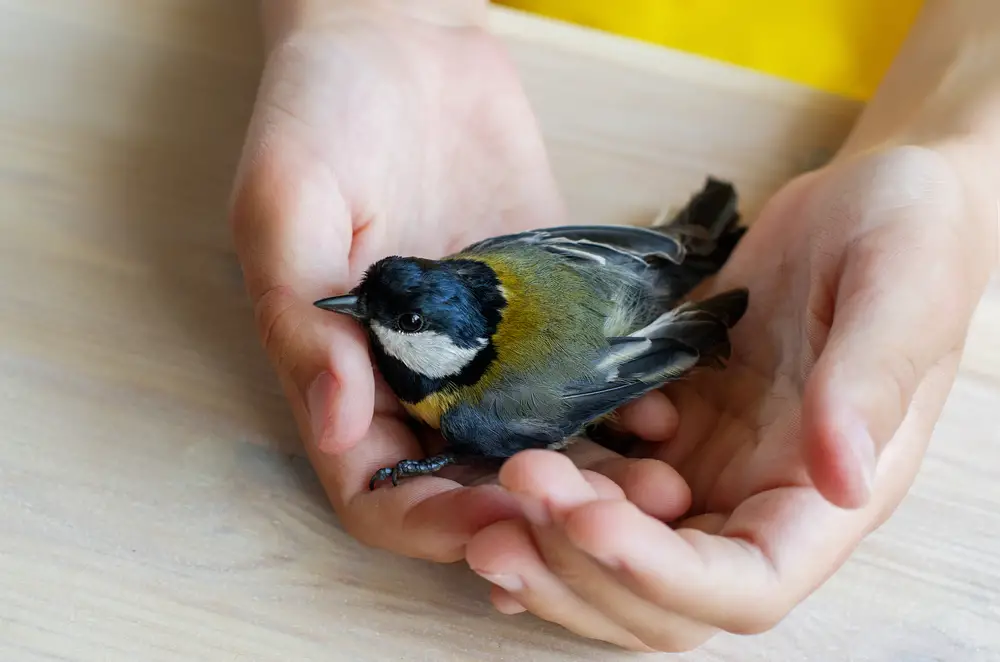Encountering an injured wild animal can be a distressing experience, and it’s natural to want to help. However, helping injured wildlife requires a careful approach that prioritizes the animal’s well-being while keeping both you and the animal safe. Knowing the right steps to take can ensure that the animal receives the proper care without causing additional stress or harm.

The first step is to observe from a distance. Injured animals are often frightened and may behave unpredictably, so approach cautiously and avoid handling them if possible. Assess the situation and determine if the animal truly needs intervention. For instance, young birds may appear abandoned but are often learning to fly and still under parental care. If the animal does appear severely injured or in danger, contact a licensed wildlife rehabilitation center for advice. Wildlife rehabilitators are trained to handle and care for injured animals, and they can guide you on how to proceed.
If you must move the animal to a safer spot, use a towel or soft cloth to gently cover it, avoiding direct contact. Place it in a well-ventilated box and keep it in a quiet, warm area while waiting for professional assistance. Avoid offering food or water, as improper feeding can harm the animal. By following these steps and leaving the care to professionals, you’re ensuring the best outcome for the animal.
It’s also essential to keep pets and other people away from the injured animal while you wait for help. Dogs and curious passersby can add to the animal’s stress, so create a quiet environment that reduces its exposure to noise and movement. If possible, position the box in a dimly lit area to help calm the animal. This gentle approach minimizes the chances of further distress and helps keep the animal as comfortable as possible.

Understanding the laws surrounding wildlife is equally important. Handling wild animals is often regulated, as some species are protected and require specific permits for care. Even with the best intentions, moving or keeping certain animals without proper authorization can be illegal. This is why contacting a licensed wildlife rehabilitator is critical—they have the expertise and legal authority to handle and rehabilitate these animals appropriately. By reaching out to professionals, you’re supporting both the animal and local conservation efforts.
Finally, educating yourself on local wildlife can prepare you for future encounters. Familiarize yourself with common wildlife species in your area, including the behavior of young animals and signs of distress or injury. Knowing these basics can help you assess situations accurately and react calmly and responsibly. Having contact information for nearby wildlife centers readily available can also ensure quick action when needed, giving injured animals the best chance at recovery.
